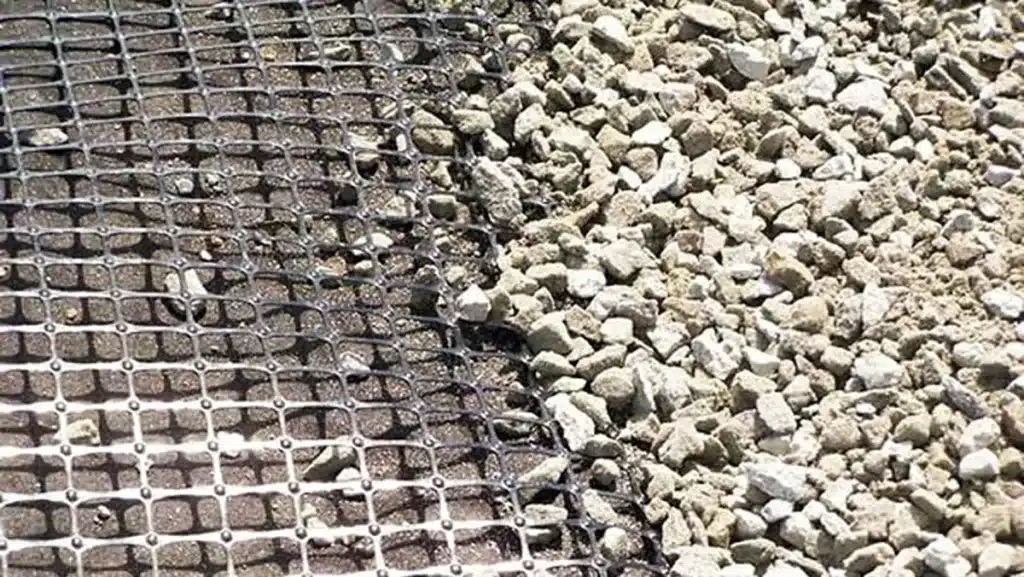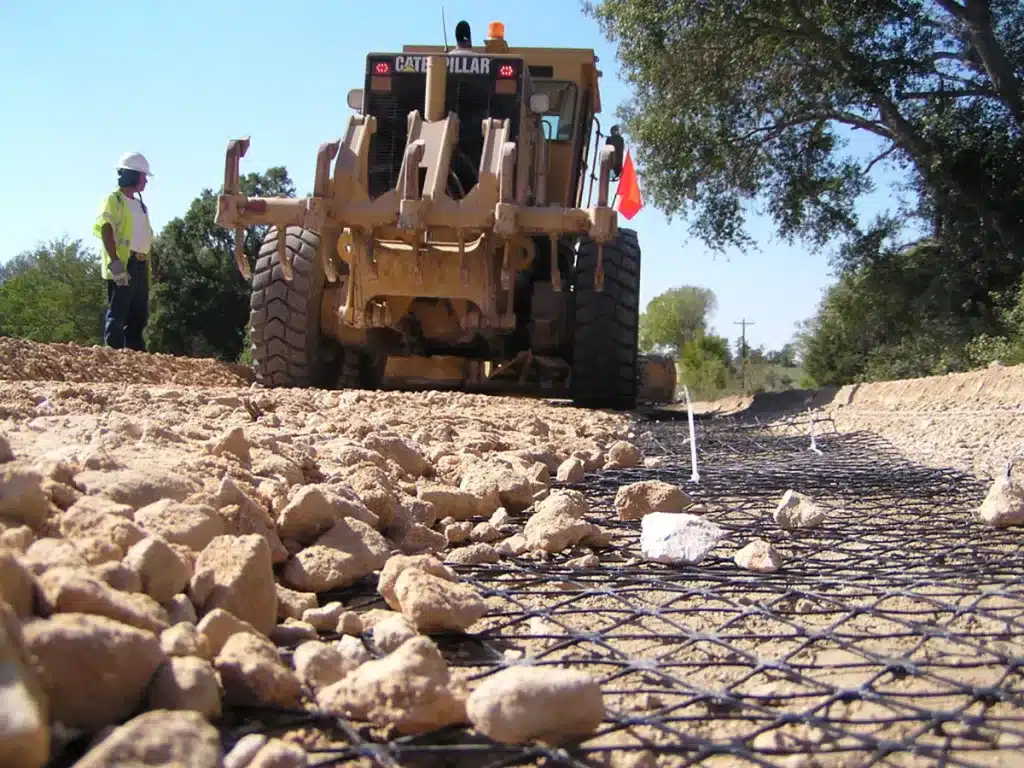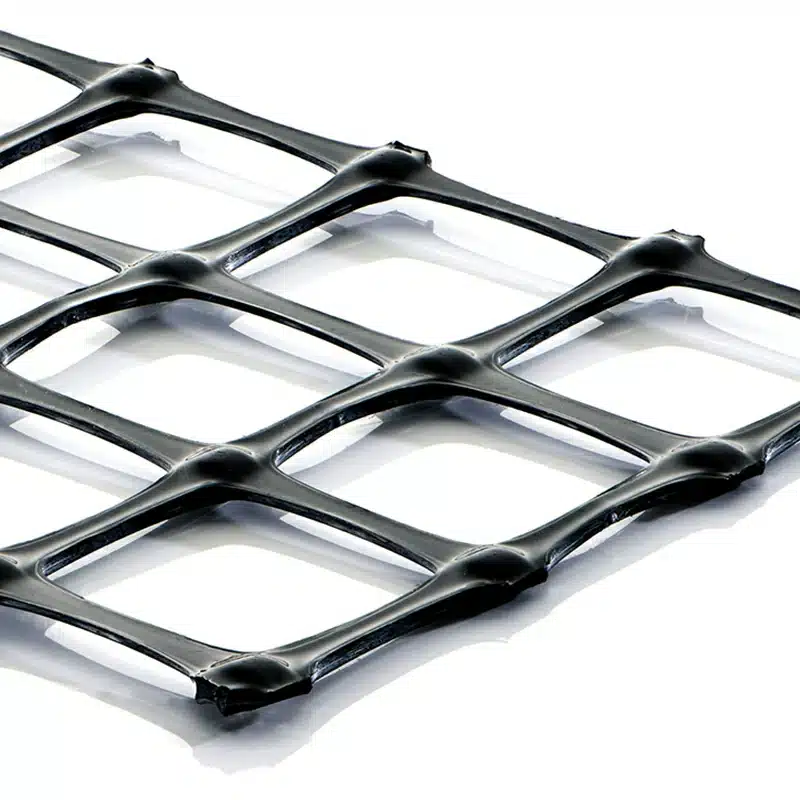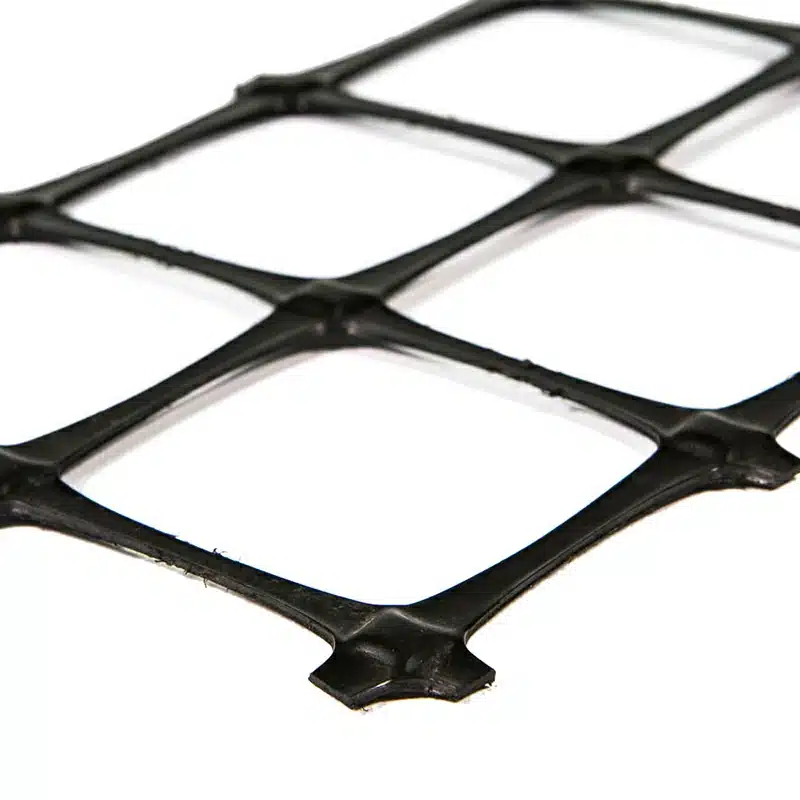+86-159 9860 6917
info@geofantex.com
geofantex@gmail.com
+86-400-8266163-44899
When it comes to creating a durable and low-maintenance driveway, the combination of a Geogrid Driveway and a Cellular Gravel Grid is the ultimate solution. Geogrid driveways utilize geosynthetic materials that reinforce the base and distribute loads, resulting in a stronger and longer-lasting surface. Cellular gravel grids, on the other hand, provide a stable and eco-friendly foundation for driveways, allowing grass or gravel infill while preventing erosion and rutting. In this article, we explore the dynamic duo of Geogrid Driveway and Cellular Gravel Grid, shedding light on how they work in tandem to create a robust, environmentally conscious, and visually appealing driveway solution. Whether you’re aiming for enhanced load-bearing capacity or a sustainable landscaping approach, this combination offers a winning solution for your driveway needs.

What Is a Geogrid Driveway?
A geogrid driveway is a modern approach to driveway construction that incorporates geogrid reinforcement materials. These geogrids, often made from strong materials like polyester or polypropylene, are installed beneath the driveway surface. They provide structural support, distributing weight evenly and preventing cracks and rutting. Geogrid driveways are renowned for their durability, ideal for areas with heavy traffic or challenging weather conditions.
What Are Geogrids for Gravel Driveways?
Geogrids can also be used to reinforce gravel driveways, offering stability and longevity to what was traditionally a more challenging surface to maintain. These geogrids create a honeycomb-like structure that holds gravel in place, reducing migration and ensuring a smooth and level surface. Geogrids for gravel driveways improve load-bearing capacity, reduce maintenance, and enhance the overall look of your driveway.
What Are Honeycomb Gravel Grids?
Honeycomb gravel grids, often referred to as honeycomb pavers, are a type of geogrid designed specifically for gravel surfaces. They consist of interconnected cells that stabilize the gravel, preventing erosion and maintaining an even surface. These grids promote effective water drainage, reduce potholes, and contribute to a more eco-friendly driveway option by reducing the need for excess gravel.
How Can I Benefit from These Solutions?
Investing in geogrid driveways, geogrids for gravel driveways, or honeycomb gravel grids can bring various benefits:
- Enhanced Durability: Your driveway will withstand heavy traffic and weather conditions, reducing maintenance and repair costs.
- Eco-Friendly: Geogrids and honeycomb grids often utilize recycled materials, making them environmentally sustainable options.
- Improved Aesthetics: Achieve a clean, well-maintained look for your driveway with reduced gravel migration and a stable surface.
- Cost-Effective: While initial installation costs may be slightly higher, the long-term savings from reduced maintenance make these solutions cost-effective.

Regarding driveway solutions, “geogrid driveway” and “geogrid for gravel driveway” offer unmatched durability and versatility. Geogrid driveways incorporate advanced reinforcement materials to ensure your driveway can withstand heavy loads and harsh weather conditions, while “honeycomb gravel grids” provide an eco-friendly and stable foundation for gravel driveways. Explore the benefits of these innovative solutions to enhance your property’s functionality and aesthetics.



Get Free Sample
We’ll respond as soon as possible(within 12 hours)






















